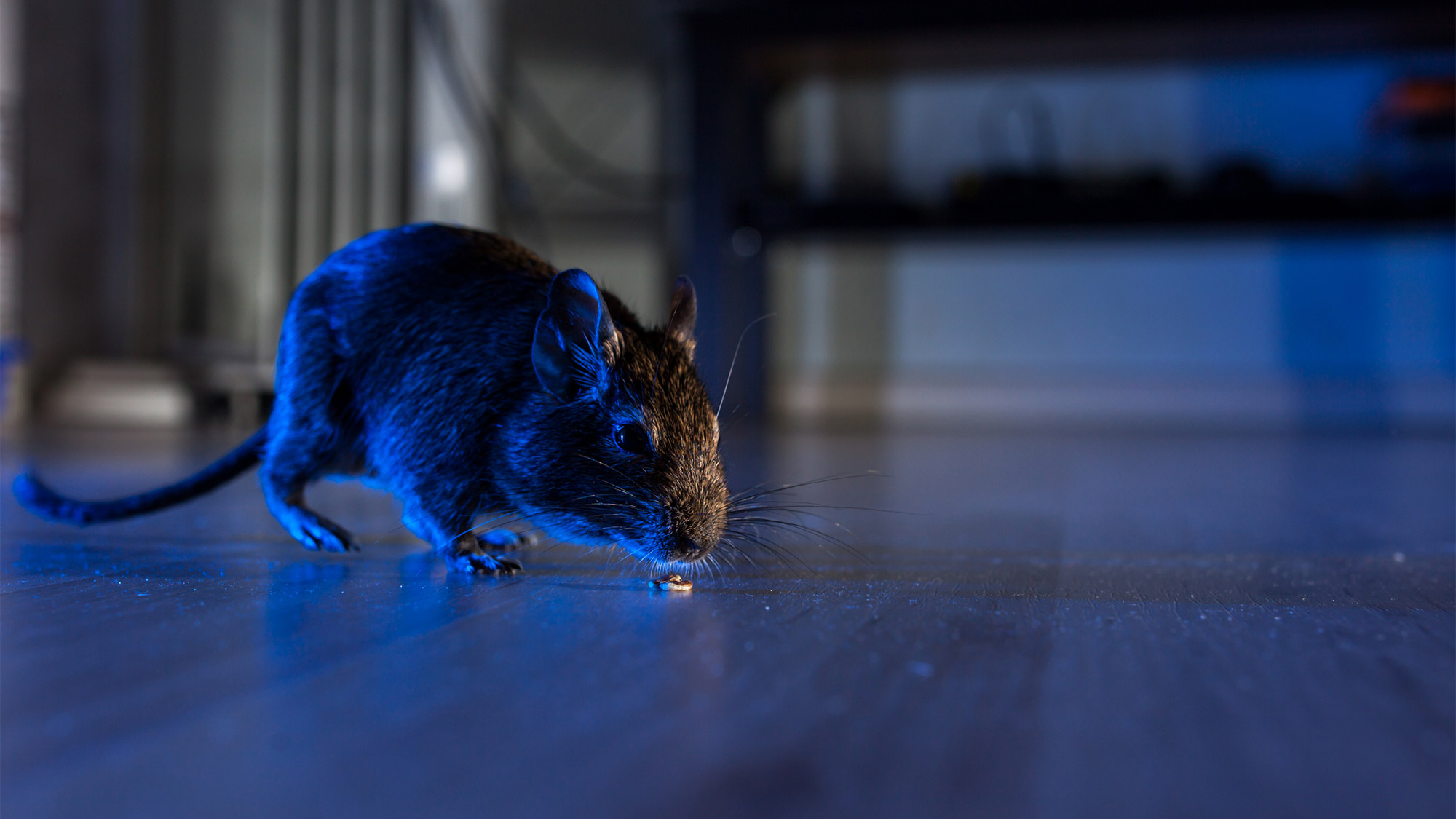If you own a house, there is always a chance that it may be at risk of infestation with either rats or mice. Any form of rodent infestation can quickly become a costly ordeal if not handled correctly. Worse, they can expose you to a number of infectious diseases and parasites that can put the family’s health at risk.
If you suspect you have an infestation on your hands, you should contact your local rodent control immediately. They will come over right away and solve the issue with proper pest control solutions. Keep reading to find out how you might have a potential rodent problem.
#1: Bad Sanitation
Poor sanitation could be one possible reason for an infestation. In addition to health concerns and other issues, poor sanitation can lead to a situation in which rats and mice have easy access to sources of food and water, allowing them to move in and build a nest in your home.
Rats and mice are generally associated with unhygienic spaces, which is true if pieces of garbage are spread all over the property. Such rats are scavengers and will enter every home in search of food and a nest. If your home is not clean, it’s a hotbed for this kind of infestation.
Bird feeders and other spaces where foodstuff is left behind often attract rats and mice. Equally, nuts and fruits dropping from trees can also attract rats and mice to your house. Rodents are drawn to bodies of water, too. If you have a pet with a water bowl outside or an outdoor pool, you may want to eliminate those water sources by covering your pool, or moving your water bowls inside.
#2: Sheltered Spaces
Rats and mice are constantly looking for shelter which can serve as a possible breeding place for their babies. Outside the house, piles of leaves, deep mulch, and any other form of debris pile will serve as a colony’s safe nesting ground. From there, the rodents will then chew through the siding of the home and get inside.
Rats and mice both squeeze into incredibly small spaces and gain entry while searching for a secure place from predators. Rats can hole up inside unsealed cracks or holes and mice can squeeze into gaps as small as a dime.
Because mice can fit into small spaces, in addition to the other health concerns, any holes in walls, floors, plumbing lines, gas lines or sewer lines can leave your home vulnerable to an invasion. Rats are also able to gnaw through wood, so any old houses with wooden interiors may be more vulnerable to unwelcome house guests than new ones.
#3: Other Factors
A lot of other factors can make your home more vulnerable to a rodent infestation. There are also variables that can not be managed but they should be tackled so that every possible preventive step can be taken.
Any form of human interference in the environment, such as construction noise, may potentially cause rats to look for better and safer forms of shelter. Diminished temperatures also play a role in rat and mouse behavior: rat and mice infestations become more common as the temperatures get colder in fall. Since the rodents want to stay warm, they can burrow deeper into the house and stay there.
